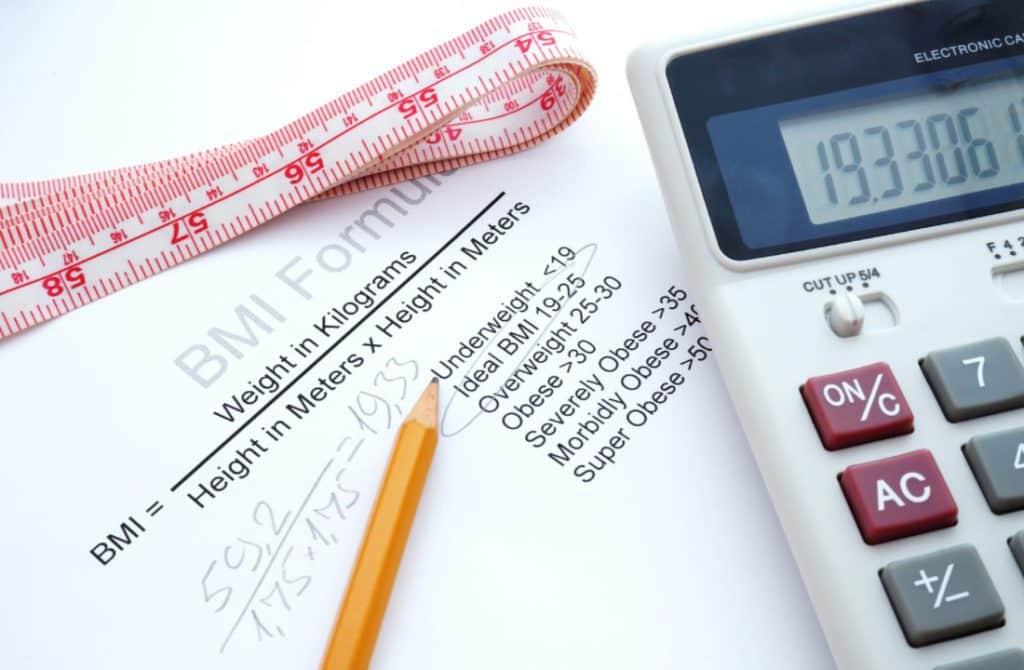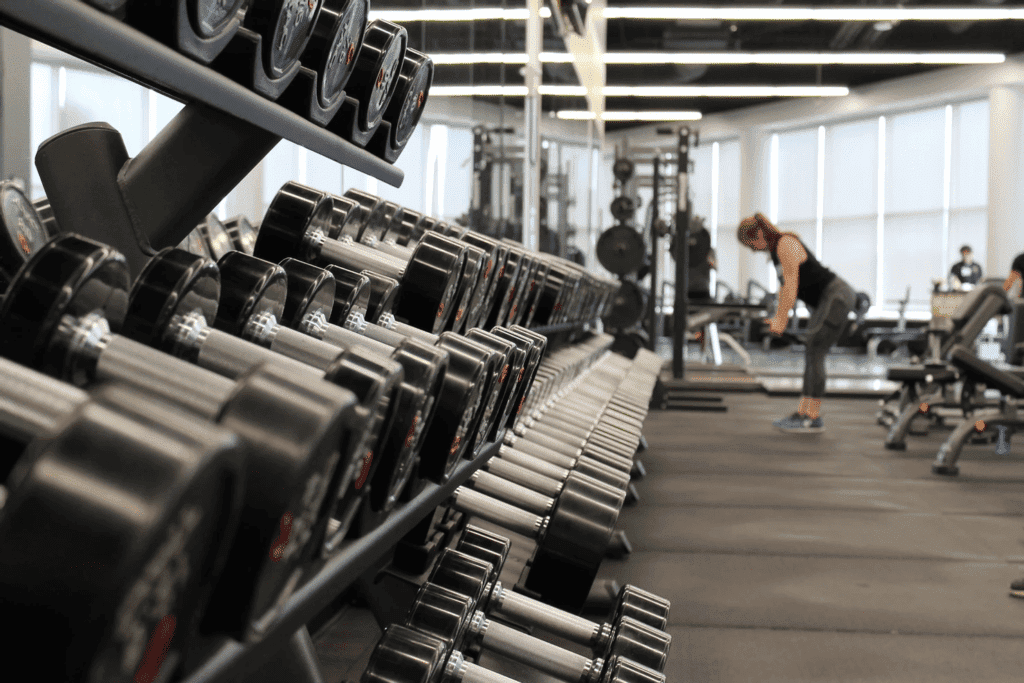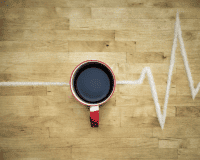Think about it: building anything takes a lot of time, energy and resources. Building muscle is no different. The body requires a lot of energy to power through workouts that result in bigger, stronger muscles. Where does the body get most of that energy? Usually from carbs.
Energy from Complex Carbohydrates
Out of all the energy sources for the human body, researchers have found that carbohydrates are the main source of energy in the human diet. This means that carbs aren’t just for athletes. Carbs are a great source of energy for anyone’s daily activities, including exercise.
You can think of carbohydrates as a source of fuel for the body, otherwise known as calories. As we’ve previously learned, there are two types of carbohydrates: simple carbs and complex carbs. Simple carbs are a quick, sporadic source of energy, while complex carbs are a good source of steady energy.
If you’ve ever heard of an athlete eat candy before a game or training session, that’s because simple carbs, like white sugar, are one of the fastest ways to spike energy. However, this energy kick cannot be maintained for long. Complex carbs may not be as readily available for immediate energy as simple carbs are, but they’re more efficient and healthier. Complex carbs provide sustainable energy, which means the energy is constant and there’s no “crash” like with simple carbs.
One of the main reasons why complex carbs sustain energy throughout the day is because they take longer to digest. Simple carbs like fruit are easy for the body to break down and get rapidly digested, so they don’t provide energy for a long period of time. Complex carbs like starches are slow to digest and therefore slowly provide calories, giving you continuous energy for a longer period of time.
Because of their slow-release properties, complex carbs should be the largest component of daily energy intake.
Isn’t Protein More Important Than Carbs for Building Muscle?
When you think of building muscle, you may think of a high-protein diet. Protein is extremely important in building muscle because the amino acids (the building blocks of protein) help repair and maintain muscle tissue. Essentially, protein helps you recover from workouts because muscles slightly tear during exercise.
If protein is so important, why put an emphasis on carbs? Well, complex carbohydrates don’t get enough credit when it comes to the important roles they play in muscle gains.
Some of the ways that complex carbs help to build muscle include:
1. Carbs help regulate muscle glycogen repletion
You may have heard of glycogen stores before. Glycogen is a form of glucose that is stored for later use. When the body needs energy, glycogen kicks into gear and acts as a ready fuel source.
Carbohydrates and glycogen go hand in hand because carbs are stored as glycogen.
When carbs are low, glycogen stores are low. When carbs are consumed, glycogen stores are full.
Since glycogen is used for energy, it’s important to replenish those stores. This is why researchers recommend to consume carbohydrates immediately following exercise; it replenishes glycogen stores for future use.
2. Carbs prevent muscle degradation
One concern about low-carb diets is muscle loss.
A Netherlands study compared a low-carb diet to other diets and found that restricting carbs results in protein loss. This is because restricting carbs causes an increase in the amount of nitrogen that get excreted by the body. Nitrogen is a component of amino acids (the stuff that forms muscle proteins), therefore nitrogen loss indicates that the muscles are breaking down.
3. Carbs help muscles recover from exercise
The role that carbs play in recovery goes back to glycogen stores. Immediately after exercise, athletes need to replenish their glycogen stores in order to prevent glycogen depletion.
Glycogen depletion, when glycogen stores have run out, causes gluconeogenesis. This is when the body forms glucose from new sources to compensate for the lack of glucose from carbohydrates. When this happens, the body turns to sources like fat and protein to fill this need. Protein acts as the last line of defense when energy is required, meaning that energy accessibility is running very low.
When the body breaks down protein to make more glucose, it takes from the muscle, causing them to waste away.
Gluconeogenesis is more common in carbohydrate-free diets, so be sure to consume healthy carbs to prevent this.
Replenishing glycogen stores with complex carbs is important to prevent protein breakdown and muscle wasting.







































